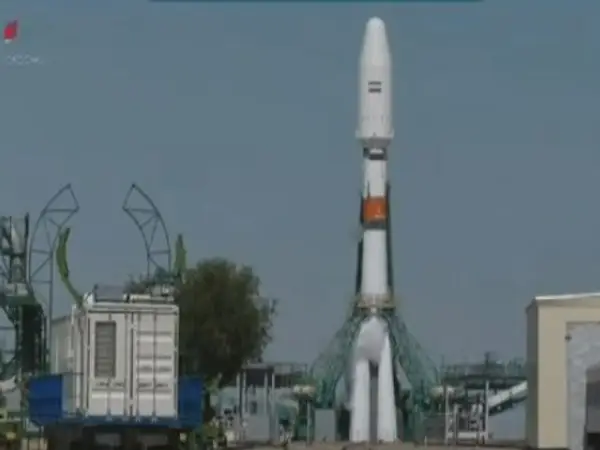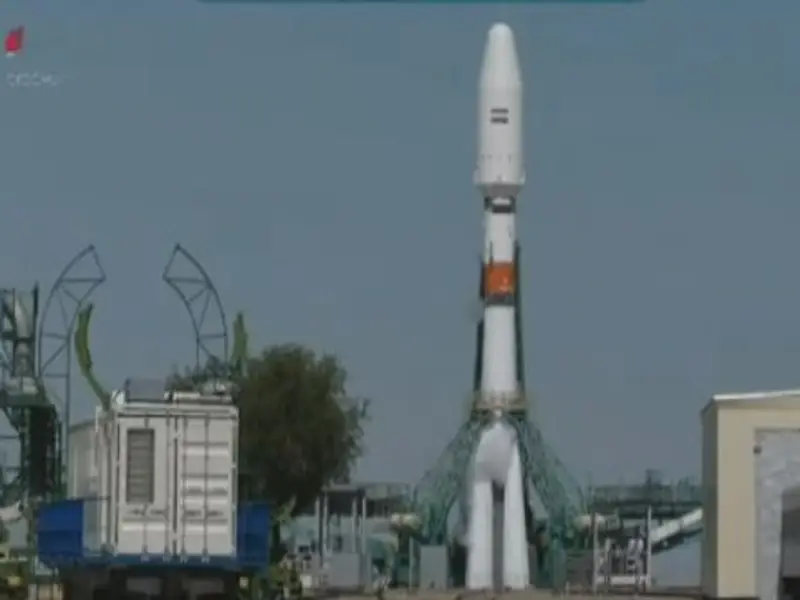Iranian government spokesman Ali Bahadori Jahromi says the country plans to order three more versions of the Khayyam satellite with the cooperation of Iranian scientists.
In a tweet on Thursday, he said the stabilization process of the satellite, dubbed Khayyam after a 12th-century Persian polymath, was done successfully.
He added that Iranian knowledge-based companies will be able to use its images and data in various fields.
As Iran’s homegrown attempts at putting satellites into orbit have largely failed due to its technological limitations, Russia agreed to build and launch the Kanopus-V Earth-observation satellite that can resolve features as small as 3.9 feet (1.2 meters) on Earth's surface at a cost of about $40 million in a deal negotiated nearly four years. Iran claims it was designed by the country’s scientists but it is one of a series of satellites developed by the All-Russian Scientific Research Institute of Electromechanics.
Russia launched the controversial satellite into space Tuesday, August 9, from its Baikonur space station in Kazakhstan as planned.
The satellite sparked controversy last week when The Washington Post quoted two Western security officials as saying that Moscow intends to use the space platform for several months or longer, to enhance its surveillance of military targets for its war in Ukraine, and Iran may not be able to take control of the satellite right away.
Iran's Space Agency denied the report on August 7, saying the satellite will be fully operated and controlled by the Islamic Republic from inside Iran.

